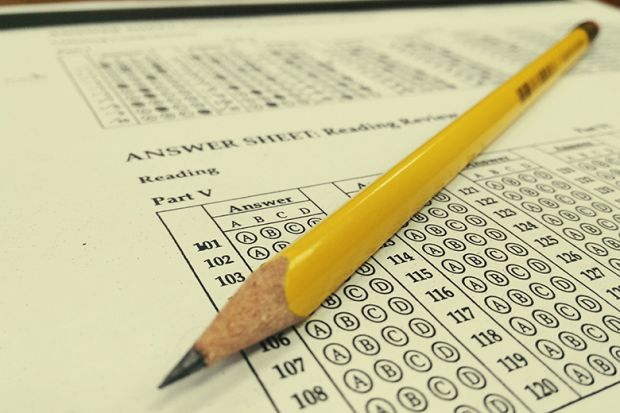Even though the global pandemic is wreaking havoc across higher education, a silver lining is that the disruption is leading to more test-optional admissions policies in the United States.
While the test-optional movement is not new, many more schools have announced a more flexible approach towards SAT and ACT score requirements because of the cancellation of those exams amid the throes of Covid-19.
The most notable institution to announce amended testing requirements is the University of California, which enrols more than 285,000 students from across the world.
Critics of standardised testing hope this shift means their permanent end. They argue that the SAT and ACT unfairly advantage wealthy students, a salient point supported by a plethora of research and generally supported by admissions professionals. But as schools go test-optional, they must implement these new policies with careful consideration of the long-term implications.
In South Korea, we have seen the flipside to how a test-optional admissions landscape can unexpectedly create more inequity for students if not carefully executed.
Historically, the admissions process in South Korea required students to take the national college entrance exam. The results of the exam had an outsized influence in determining students’ admissions prospects, which, in turn, determined future job prospects and chances at economic prosperity.
More extreme than in the United States, this high-pressure testing culture in South Korea created a predatory shadow education market of cram schools and private tutors that unfairly advantage wealthy students.
About a decade ago, the South Korean government enacted policies intended to relieve the pressures and inequities around the exam. Under these policies, schools can accept students based on non-standardised admissions pathways instead of exam scores. These alternative pathways recognise students’ “soft” qualifications like grades, essays, interviews, extracurricular activities, and special talents and abilities while allowing students to skip the national college entrance exam.
South Korean schools, both elite and lesser-known ones, now accept the majority of their students through non-standardised admissions. But my research suggests that these pathways, intended to make admissions more open and holistic, actually create a more unequal playing field.
They pressure students to strategically pad their résumés with desirable skills and experiences, such as early study abroad, mastery of foreign languages and competitive internships – all of which demand wealth and family resources arguably greater than those demanded by exam preparation.
These admissions pathways are also ripe for potential abuse. Last fall, South Korean universities faced their own admissions scandal when it was revealed that a number of professors listed their children as co-authors on scientific journal articles in order to game the non-standardised admissions system, a scandal that embroiled the former justice minister’s daughter.
All this has led to a backpedalling of those policies that allow for non-standardised admissions. Recently, the South Korean government announced new legislation that mandates that universities must admit more students via their exam scores. The rationale behind this about-face is that the national college entrance exam is a relatively more equitable way of determining admissions than what is in place now.
The United States is different from South Korea. But, as I previously noted, the increasingly cut-throat competition around college admissions in the United States is eerily starting to resemble that of South Korea, as evidenced by the Varsity Blues scandal.
Test-optional admissions policies could exacerbate this competition in the United States as it did in South Korea if colleges and universities are not careful.
For US colleges and universities going test-optional, this move is indeed a positive step in the right direction. But they must take this step with students’ rather than their own institutional interests in mind.
How will they ensure the most equitable outcomes for students? What other variables will they factor into their admissions decisions in lieu of test scores?
While there are no easy answers, the most promising ones demand that we redefine measures of student excellence in unconventional and more inclusive ways. The most unsettling ones simply replace existing measures with alternative ones that recreate the very inequities that test-optional admissions policies claim to fight against.
As I watch the effects of Covid-19 reverberate across the higher education landscape, I am convinced that the disruption also presents an opportunity for colleges and universities to reshape themselves towards a more sustainable future.
The real disruption to US higher education will not be the dismantling of standardised testing but the dismantling of our standardised values.
Stephanie K. Kim is assistant professor of the practice and faculty director of higher education administration at Georgetown University. She is currently writing a book about higher education reform and student mobility across California and South Korea.
